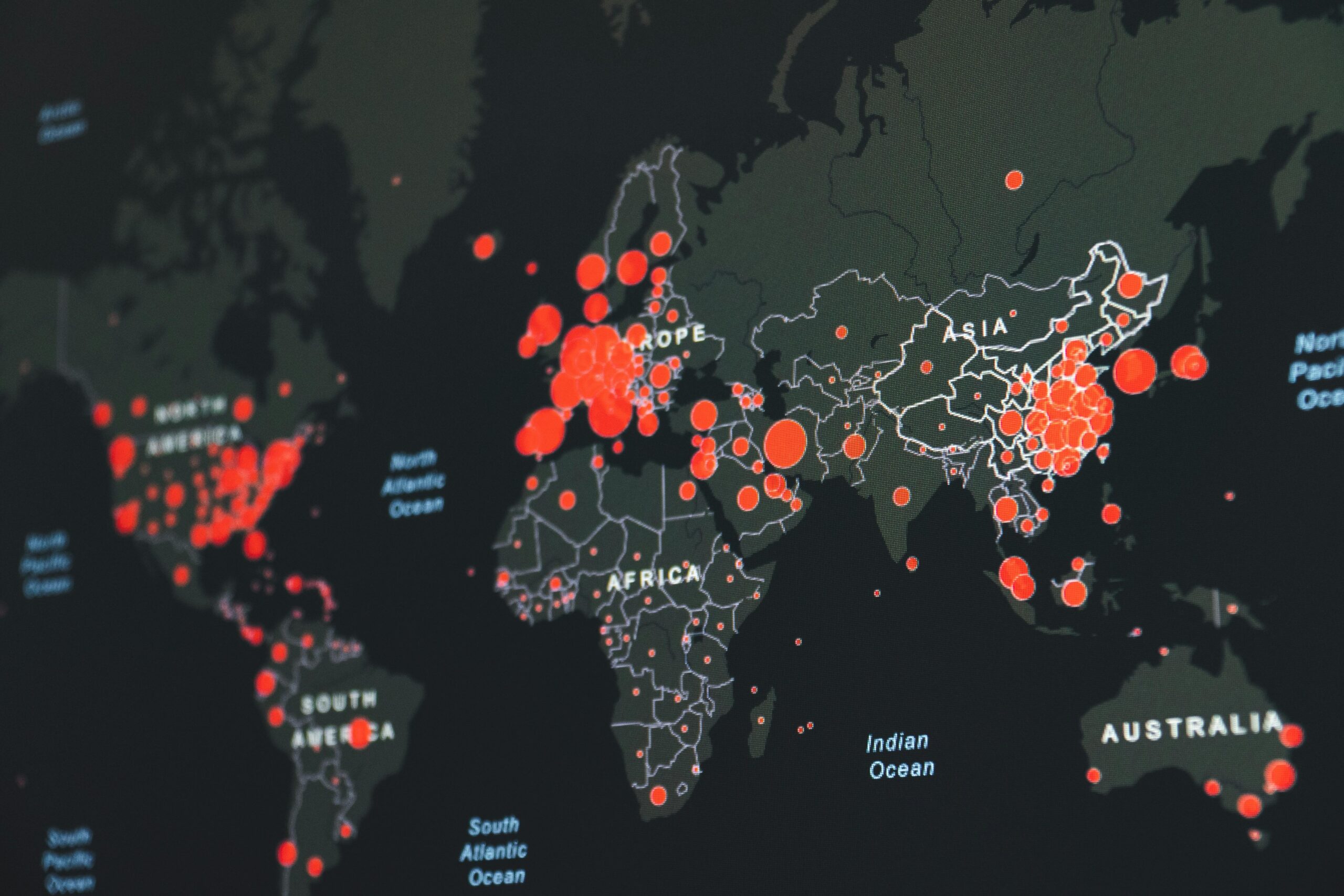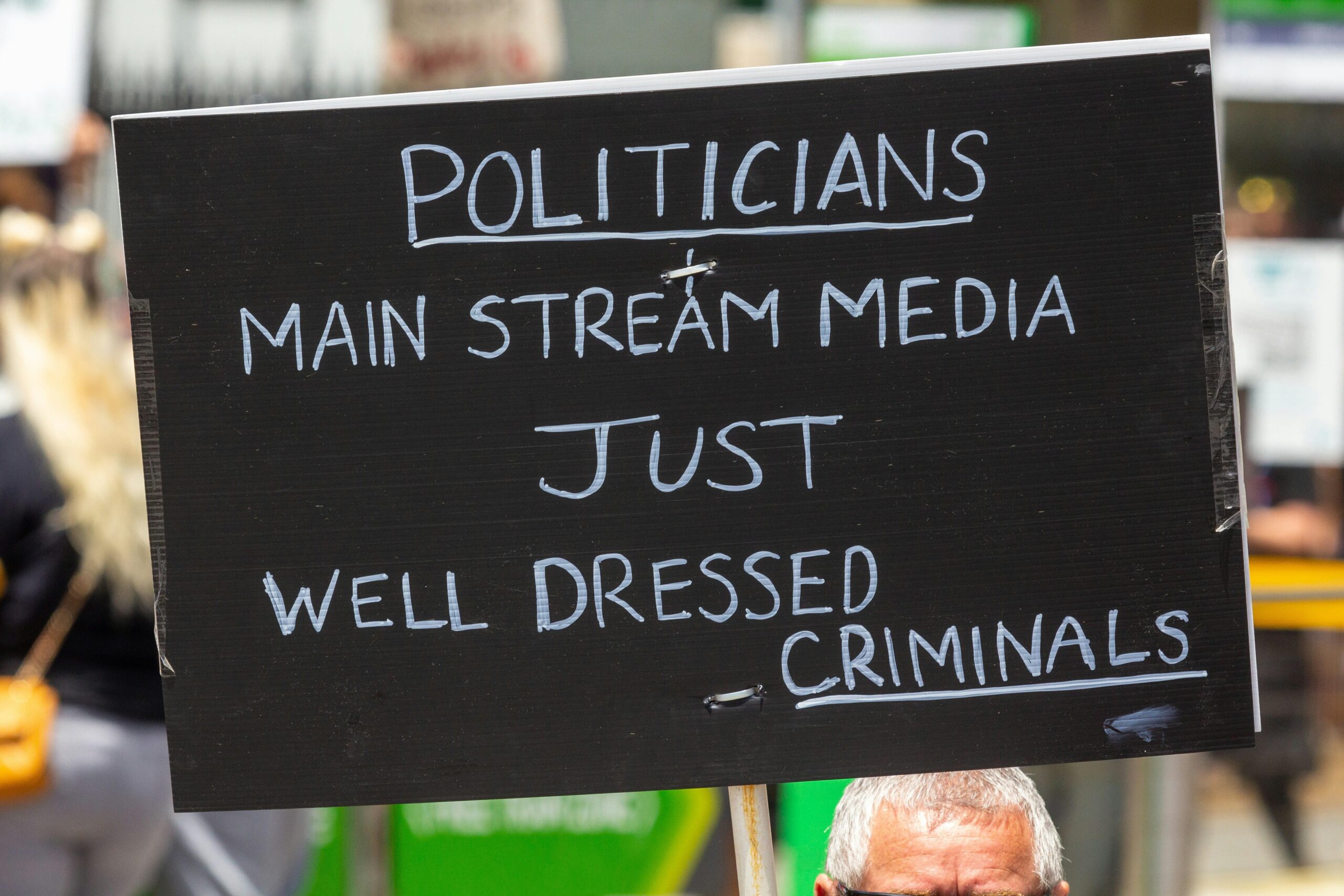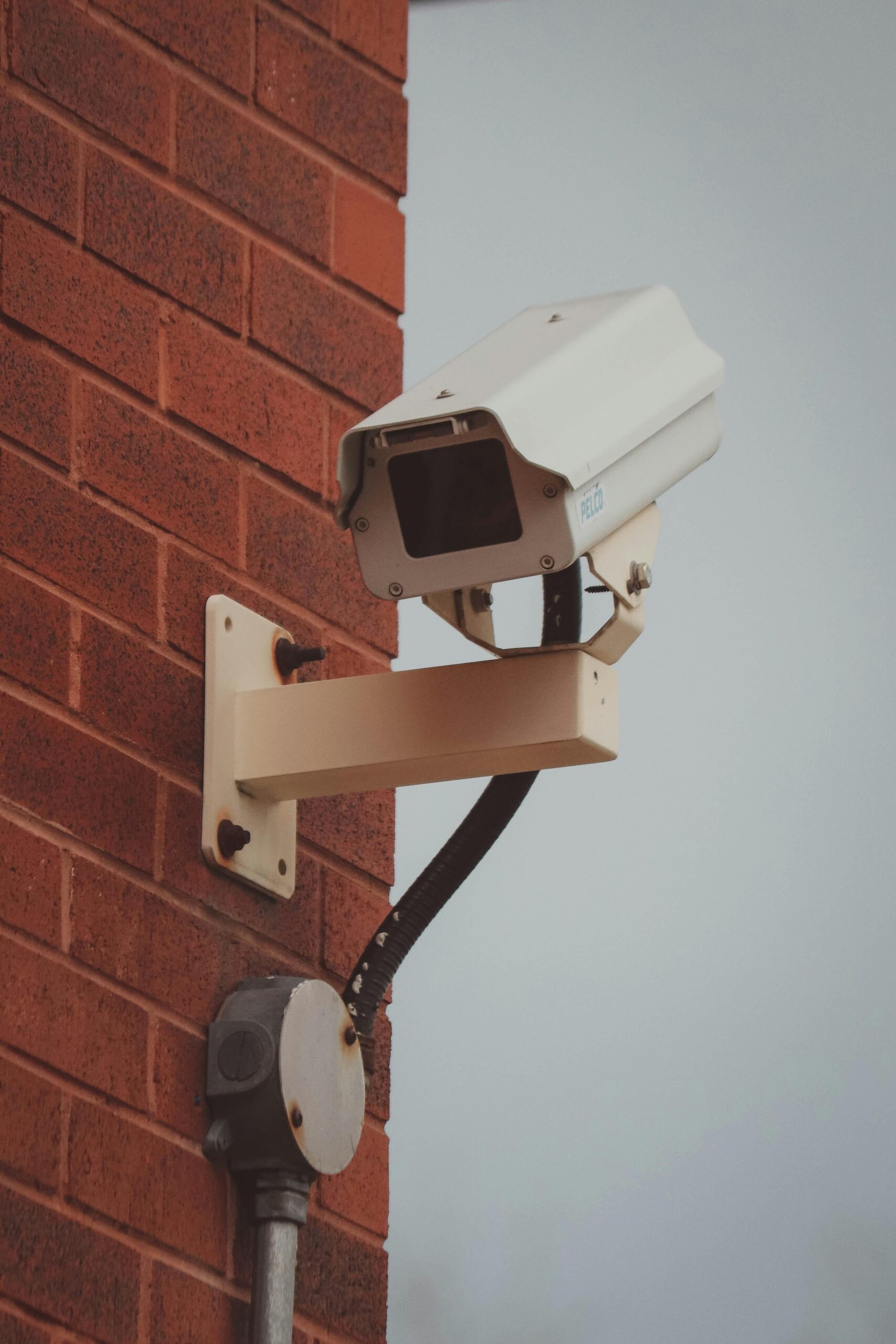Imagine a world where law enforcement can anticipate crime before it happens—where data-driven insights guide officers to the right place at the right time, potentially preventing incidents and making communities safer. This is the promise of predictive policing, a technology that’s been evolving rapidly over the past decade. But as we stand at the crossroads of innovation, ethical debates, and technological advancements, the big question remains: what’s next for predictive policing? In this article, we’ll dive into the future possibilities, challenges, and breakthroughs that could shape how we predict, prevent, and understand crime in the years to come. Let’s explore this intriguing frontier together.
Table of Contents
- The Evolution of Predictive Policing Technologies and Their Impact
- Balancing Privacy Concerns with Effective Crime Prevention
- Integrating Community Collaboration to Enhance Predictive Models
- Recommendations for Ethical and Transparent Predictive Policing Practices
- Closing Remarks
The Evolution of Predictive Policing Technologies and Their Impact
From its inception, predictive policing has journeyed through a remarkable transformation. Initially, law enforcement agencies relied on rudimentary crime mapping, which grew increasingly sophisticated with the integration of big data and machine learning algorithms. These tools began to analyze countless variables—from historical crime data and socioeconomic factors to weather patterns and social media activity. The shift has been profound: what was once reactive policing evolved into a proactive strategy designed to anticipate criminal behavior before it occurs. But with this evolution came new challenges, including concerns about biases in data, the ethical implications of surveillance, and the fine balance between public safety and privacy.
Today’s technologies harness the power of artificial intelligence to not only predict where crimes might happen but also who might be involved, prompting debates on civil rights and accountability. The future points toward an even more interconnected ecosystem of AI-driven analytics, real-time data feeds, and community engagement platforms. Imagine predictive models fine-tuned with continuous feedback loops, augmented reality overlays for officers, and transparent AI systems designed to eliminate biases. As we explore what lies ahead, it’s clear that the impact of these technologies will depend heavily on the frameworks guiding their ethical use and the societal values we prioritize.
- Improved algorithmic transparency to build public trust
- Integration with community policing for more nuanced insights
- Advanced data fusion from IoT devices and urban sensors
- Enhanced privacy safeguards to protect individual rights
Balancing Privacy Concerns with Effective Crime Prevention
Striking an equilibrium between safeguarding personal privacy and harnessing technology for public safety is arguably the crux of predictive policing’s future. As algorithms grow increasingly sophisticated, the risk of unintended bias and data misuse intensifies, provoking heated debates about surveillance overreach. Yet, it’s essential to recognize that effective crime prevention does not mandate sacrificing individual rights; rather, it requires *intelligent frameworks* that prioritize transparency, accountability, and community involvement. In this evolving landscape, innovations such as privacy-preserving data analytics and decentralized data processing models are emerging as powerful tools to minimize invasive data collection while still enabling actionable insights for law enforcement agencies.
Furthermore, adopting a more holistic approach to crime deterrence means engaging stakeholders beyond the police force—policy makers, tech developers, and civil rights advocates alike. A few forward-thinking strategies gaining traction include:
- Regular algorithm audits to detect and correct biases before deployment.
- Community oversight boards empowered to review and influence policing technologies.
- Public education campaigns fostering awareness about data rights and predictive tools.
By weaving privacy safeguards into the very fabric of predictive systems, we inch closer to a future where proactive policing coexists with the public’s fundamental freedoms.
Integrating Community Collaboration to Enhance Predictive Models
Harnessing the collective intelligence of communities offers an exciting frontier for predictive policing models. By weaving resident insights, local knowledge, and real-time feedback into the fabric of data analysis, law enforcement can develop far more nuanced and responsive systems. This approach moves beyond sterile data points, injecting human context that algorithms alone may miss. Community collaboration can help identify emerging patterns of behavior before they escalate, allowing for interventions that are not only timely but also empathetic and tailored to specific neighborhoods.
To truly embed this collaborative spirit, law enforcement agencies might adopt strategies such as:
- Creating open channels for residents to report concerns and observations anonymously and safely.
- Partnering with local organizations and civic groups to co-design predictive tools and validate findings.
- Hosting regular feedback sessions where community members can discuss and shape ongoing initiatives.
Such steps will not only enhance the accuracy and fairness of predictive models but also rebuild trust, fostering a shared responsibility for safer streets. This dynamic interplay between technology and community voices is where the future of policing begins to take shape.
Recommendations for Ethical and Transparent Predictive Policing Practices
To foster trust and fairness, law enforcement agencies must prioritize transparency in algorithmic design and data usage. Publicly sharing the methodologies and criteria behind predictive models allows communities to understand how decisions are made, reducing fear and suspicion. Additionally, incorporating independent audits from third-party experts can help identify and rectify biases before deployment. This ensures predictions are grounded in objectivity rather than perpetuating historical inequalities.
Moreover, actively engaging affected communities in the development and oversight processes sets a powerful precedent for accountability. Empowering residents to voice concerns and participate in oversight bodies transforms predictive policing into a collaborative effort, rather than a top-down imposition. Agencies should also implement continuous feedback loops, adapting predictive tools based on real-world outcomes and ethical evaluations—not solely on crime reduction metrics. Such iterative refinement champions a balance between innovation and human rights.
- Regular transparency reports detailing predictive policing activities and results
- Community advisory councils to guide ethical considerations
- Bias detection protocols embedded within algorithms
- Training officers on ethical AI use and implicit bias
Closing Remarks
As we stand on the cusp of technological leaps, the future of predictive policing feels both promising and perplexing. Will advancements in AI and data analytics truly help create safer communities, or will they deepen existing challenges around privacy and bias? Only time—and thoughtful exploration—will tell. What’s clear is that staying curious, asking tough questions, and keeping ethics at the forefront will be key as we navigate this evolving landscape. So, what are your thoughts? How do you envision the next chapter of predictive policing unfolding? Let’s keep the conversation going.











